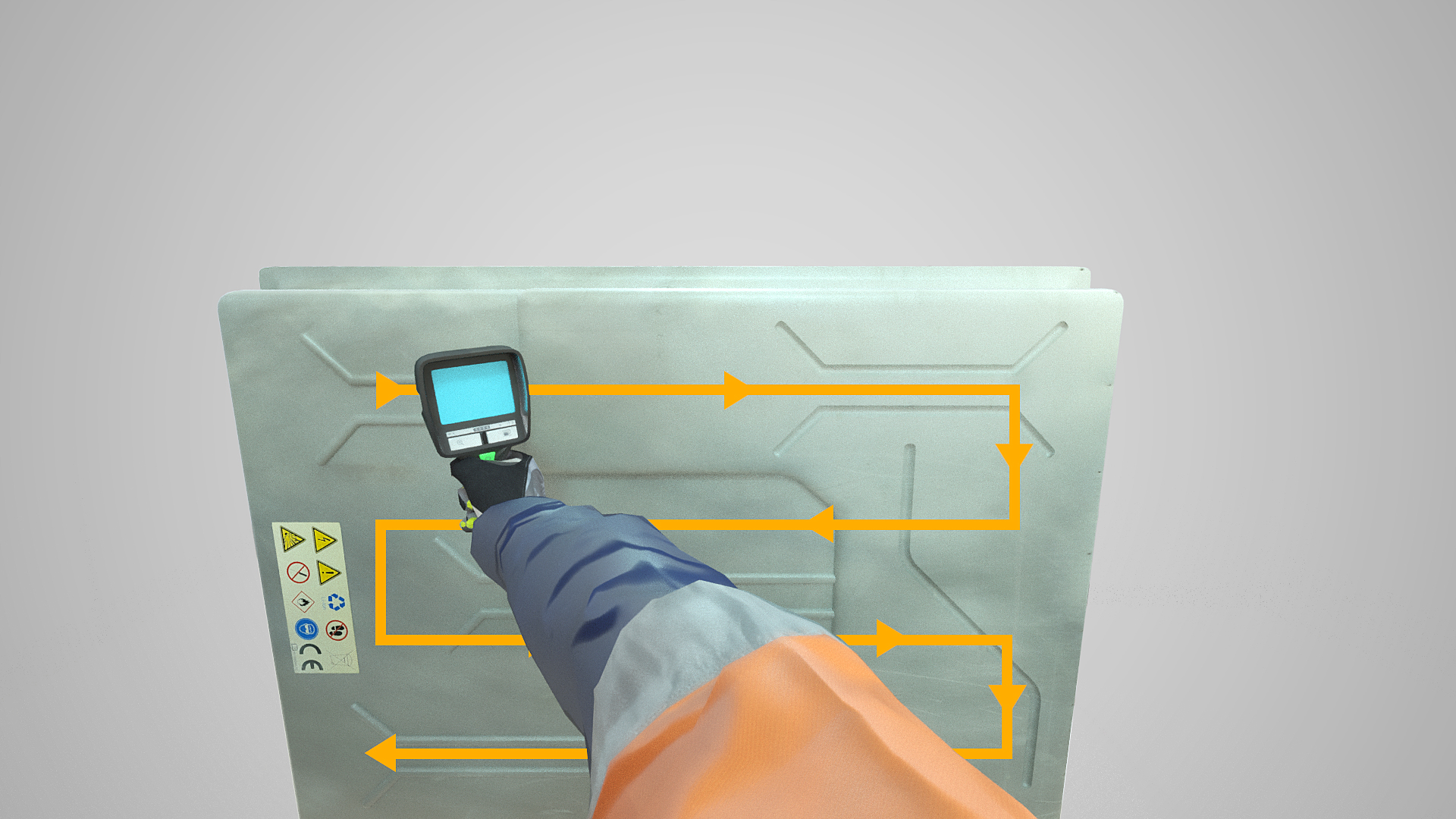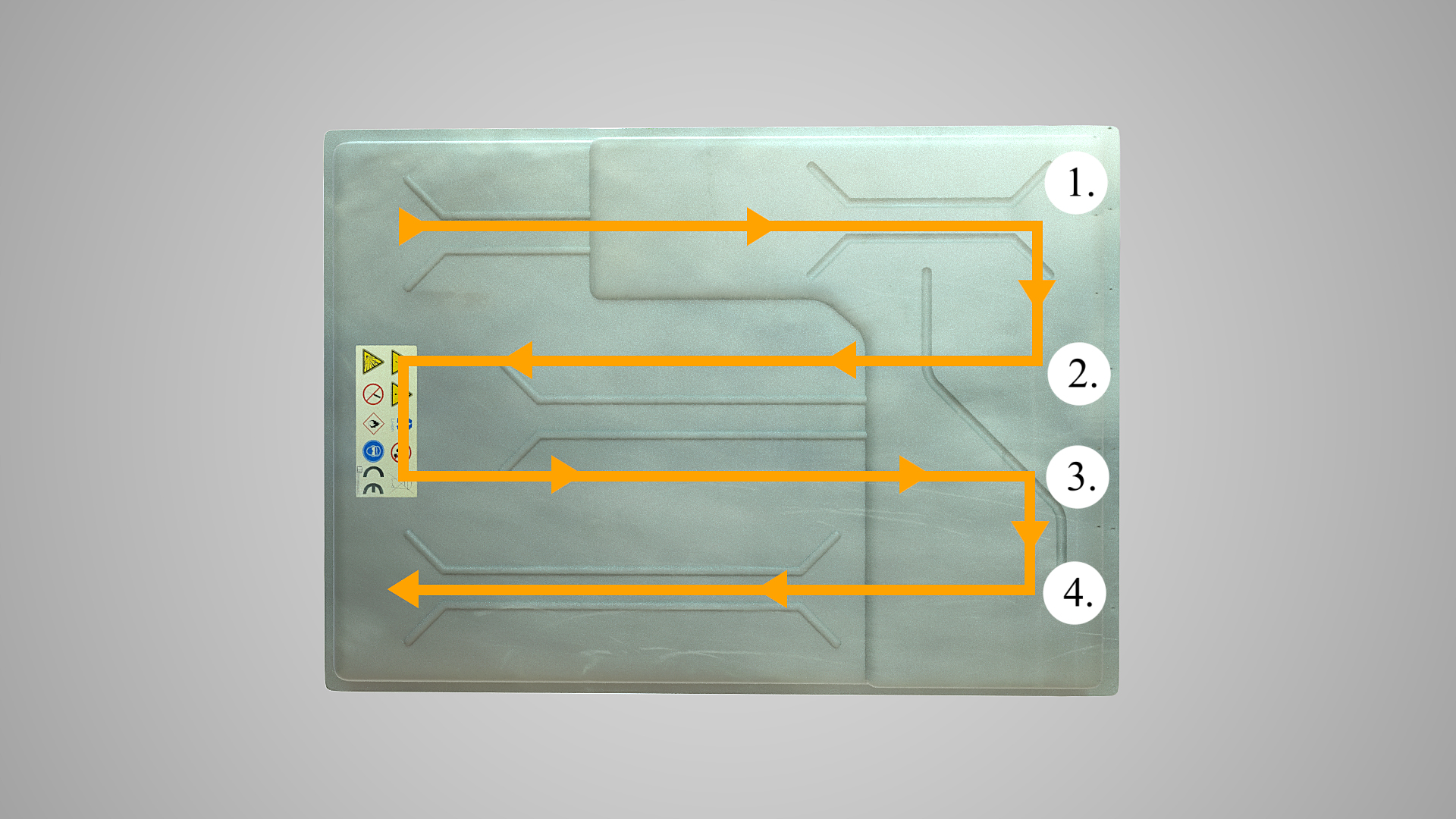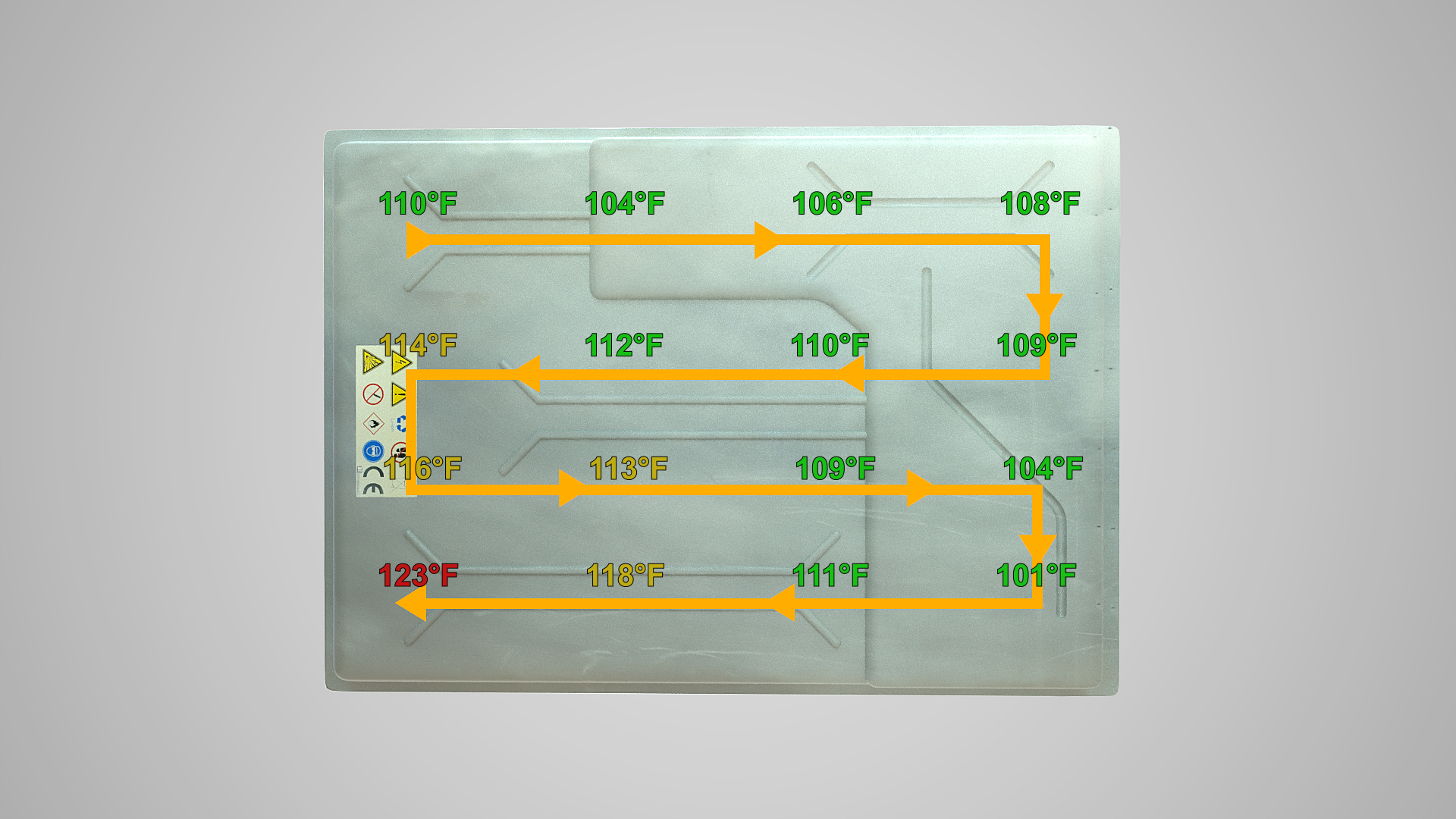Assessing high-voltage lithium-ion EV batteries isn’t the easiest task, but we’re here to break it down for you. Last week, we talked about the process for assessing batteries that are still inside a vehicle. Now, we’ll turn our focus to ones that are outside a vehicle. Combined with the basic anatomy of how a battery is constructed, you should be smarter about keeping your facility safe while working with electric vehicles.
Inspecting a Battery Outside a Vehicle
Sometimes you’ll need to assess a battery that is outside of a vehicle. It could be a new battery you’re getting ready to install, or a battery that the service department has removed and must now be packaged for shipping. Either way, you’ll need to perform the proper assessments before installing or packaging it.
Follow the steps we’ve outlined below to assess whether a battery inside a vehicle is a critical risk, a high risk, or an average risk.
And, of course, follow your dealership’s standard operating protocols for handling critical-risk and high-risk EV batteries.
How to Test for Thermal Stability

Use an infrared thermometer to measure the temperature along four parallel and equally spaced lines along the long edge of the battery.
Place the thermometer 12 to 18 inches away from the battery when taking a reading.

Record the highest temperature along each parallel line.

Take a second set of readings one hour later.
The battery is considered high risk if:
- The temperature remains above ambient temperature across both readings; and/or
- The temperature increases from the first reading to the second.
Stay on top of EV requirements with KPA, the nation’s leader in automotive compliance solutions.
KPA has an EV compliance solution designed to help you prepare your facility, educate your staff, and document/maintain OSHA compliance.
In addition to addressing general awareness about EVs, KPA is developing a monthly series of self-directed training programs for supervisors to train their staff. Topics will range from EV battery hazards, including fire risks and proper storage, electrical hazards, personal protective equipment, de-energization, stranded energy, and more. These tools, along with on-site consulting and additional EV compliance content, will comprise KPA’s comprehensive EV Compliance Solution, available this fall.
